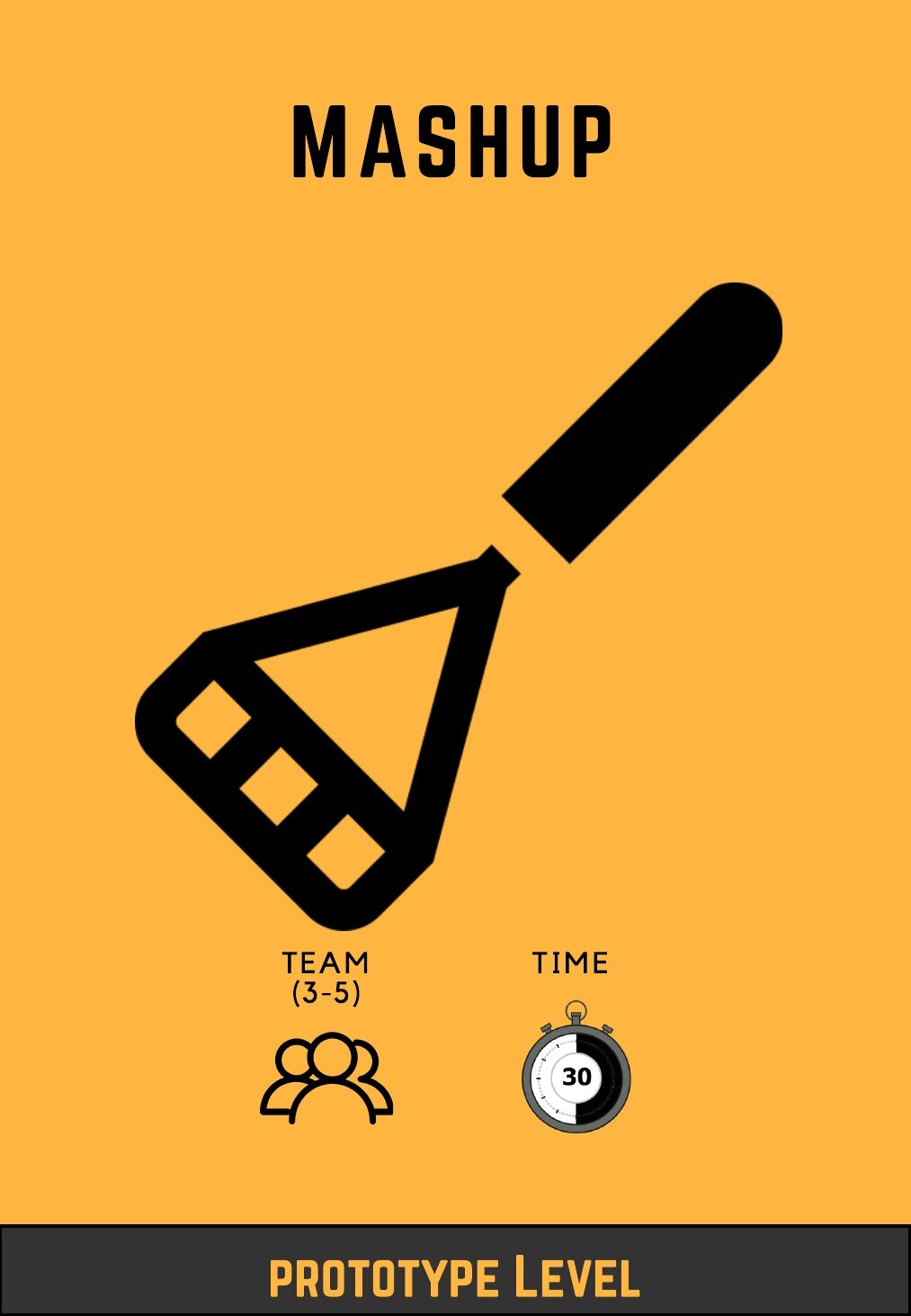The Value of Analogies to Problem-Solving
What is analogical thinking
Analogical thinking is a powerful problem-solving tool. In short, analogical thinking is when we use information, solutions, ideas from one domain (the source) to solve a problem in a new domain (the target). Analogical reasoning has been shown to be an effective way to solve difficult scientific problems (e.g. Kepler, Scientific Labs), but many people have difficulty applying the lessons from one problem to another. Think about this classic example called the Duncker radiation problem.
A doctor has a patient with a malignant tumor. The patient cannot be operated upon, but the doctor can use a ray to destroy the tumor. Unfortunately, the ray will also destroy healthy tissue. At a lower intensity, the rays would not damage the healthy tissue but would also not destroy the tumor. What can be done to destroy the tumor? Here is a quick story to kill some time while you work on a solution.
A small country was ruled by a ruthless dictator who was holed up in a fortress. The fortress was situated in the middle of the country, surrounded by farms and villages with many roads leading directly to the walls. A rebel general knew that an attack on the fortress with his entire army would succeed in bringing down the dictator. However, this was unlikely to be simple because the roads were covered with mines making it impossible for an entire army to simply march up to the gates. Mines were placed in a way so that small groups could pass safely for when the dictator needed supplies or move his army. Any large force would set off the mines. The clever general devised a simple plan: divide his army into small groups and dispatched each group to the head of a different road. When all was ready, he gave the signal and each group marched down a different road. The entire army arrived together at the fortress at the same time. In this way, the fortress could be overcome and the dictator overthrown.
Do you have a solution now? Only about 10% of people manage to spontaneously generate a solution to the radiation problem. However, two researchers explored the conditions under which participants would solve the radiation problem following exposure to an analogy (e.g. the fortress). Reading the story about storming the fortress led to a slightly higher proportion of people thinking of the convergence solution - about 30%. When given a hint that the story might be of use in solving the radiation problem, but without making explicit reference to a possible analogy, then the solution rate was 92%. Solutions were also facilitated by asking participants to read two, rather than just one, problem analogues.
In many cases where we face difficult problems in education, we draw on surface analogies. A surface analogy is where the two problems have a lot in common on the surface (e.g. a clogged sink is similar regardless of whether it is a bathroom or kitchen). We struggle to make deep analogical connections – recognizing conceptual similarities between problems in multiple domains or scenarios that may seem to have little in common. When we depend only on our deep understanding of a project and don’t take time to compare it to structurally similar problems, we tend to overestimate the likelihood of success and the time it will take.
What can we do differently?
First, keep a design notebook (or use a digital record keeper such as the notes app on your phone). The design notebook should always be handy, and you are encouraged to fill it with observations from a diverse range of field. Did you hear a story about how the military is testing an idea to overcome the impact of social media? Were you impressed with how the local hobby store organized their checkout procedures? What about the way the airline described emergency procedures interested you? In short, fill your notebook with a wide variety of stores, observations, and inspirations. Many will never be used, but the practice will train you to see across potential solutions to problems.
Second, when you are framing a problem think about the type of problem you are solving. For example, when thinking about an economic bubble you might identify an element of the deep structure as positive-feedback loops (people buy more stocks with the belief that price will rise, the buying leads to a price increase, which leads to more buying). Once you have some element of deep structure you can start looking for similar problems (e.g. melting of polar ice caps, which are also positive feedback loops). So, when you are framing a problem ask, “What type of problem is this?”
Third, use a brainstorming exercise like Mashup to encourage people to think about analogies. Mash-up is a method designed to spark creativity by bringing together odd ideas and solutions from different contexts. By considering how professionals from different fields solve similar problems you create conditions for creative brainstorming. Here’s how it works: First, isolate the essential characteristics of the problem you are trying to solve. For example, in the HMW question “How might we encourage students to make healthier choices at lunch?” Keywords: “healthy” and “choices”. Second, write a list of examples of businesses, situations, brands, and services that embody those qualities (e.g. the local COOP, Lucky Vitamin online vitamin retailer). Finally, use the list of examples to inspire solutions to your HMW question. Ignore barriers, just generate ideas.

